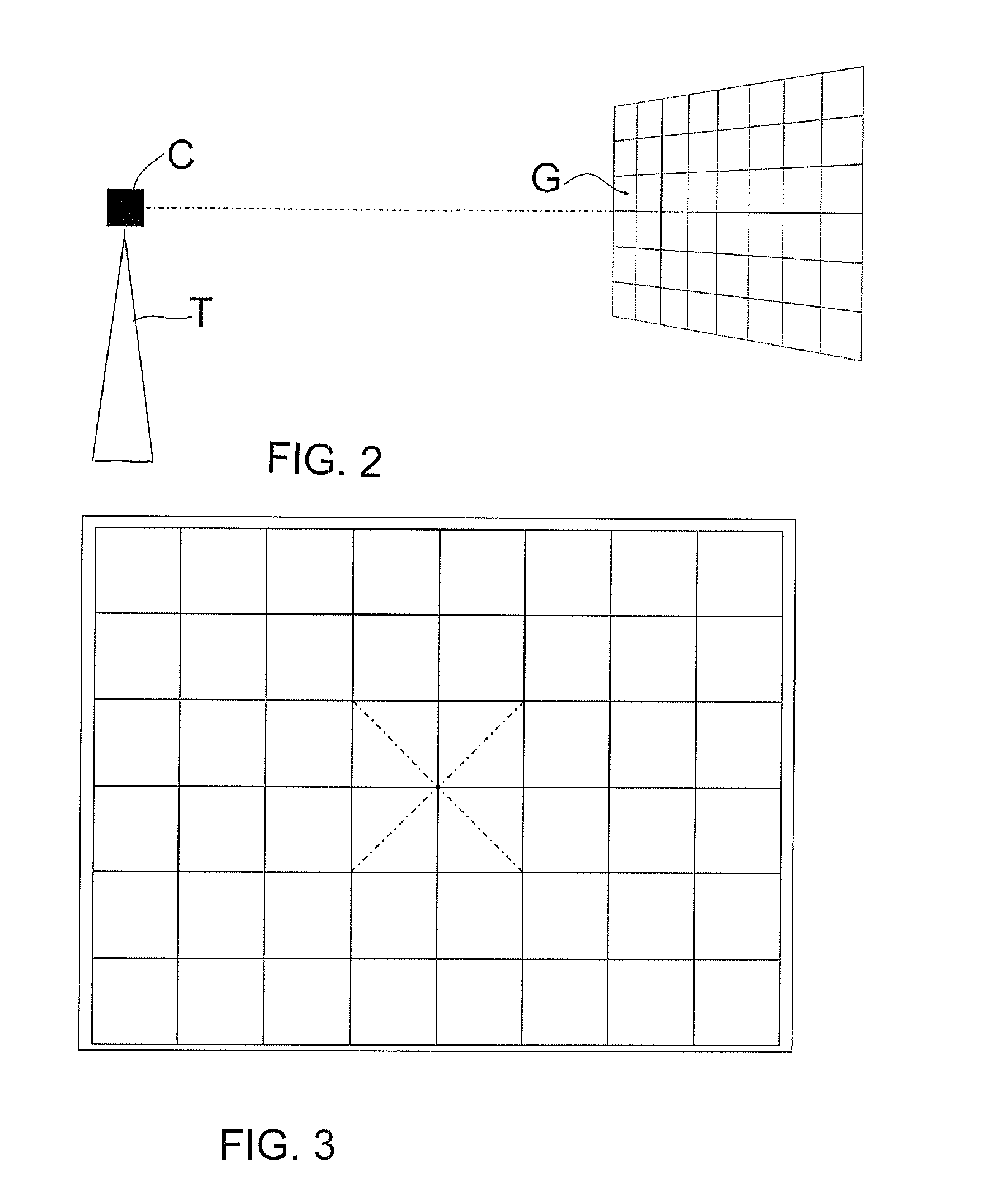Balancing of Wind Turbine Parts
a technology of wind turbines and parts, applied in the direction of engine fuction, color television, television systems, etc., can solve the problems of deteriorating the structure or individual components, significant vibration in the tower, unsafe operation of the turbin
- Summary
- Abstract
- Description
- Claims
- Application Information
AI Technical Summary
Benefits of technology
Problems solved by technology
Method used
Image
Examples
Embodiment Construction
[0082]In FIGS. 7A and 7B is shown a conventional wind turbine. This includes a nacelle 11 mounted on a tower 9 underneath the nacelle. A main shaft 13 connects the drive train to the hub and rotor assembly of the hub body 14 carrying the blades 15 which are typically three blades arranged at 120 degrees. The blades 15 are mounted at fixed angularly spaced positions around the axis. The turbine includes a wind detection and control system 8 which analyses the wind speed and direction repeatedly so as to repeatedly adjust the angle of the nacelle 11 around a vertical axis 9A of the tower, that is the angle of the rotor axis 13 relative to the wind direction, and to adjust the angle A (FIG. 1) of attack of the blades 15 around the longitudinal axis of the blade relative to the wind speed.
[0083]Turning now to FIG. 9, a conventional wind turbine shown including a nacelle 11 mounted on a cylindrical tower underneath the nacelle. A main shaft 13 connects the drive train to the hub and roto...
PUM
 Login to View More
Login to View More Abstract
Description
Claims
Application Information
 Login to View More
Login to View More - R&D
- Intellectual Property
- Life Sciences
- Materials
- Tech Scout
- Unparalleled Data Quality
- Higher Quality Content
- 60% Fewer Hallucinations
Browse by: Latest US Patents, China's latest patents, Technical Efficacy Thesaurus, Application Domain, Technology Topic, Popular Technical Reports.
© 2025 PatSnap. All rights reserved.Legal|Privacy policy|Modern Slavery Act Transparency Statement|Sitemap|About US| Contact US: help@patsnap.com



